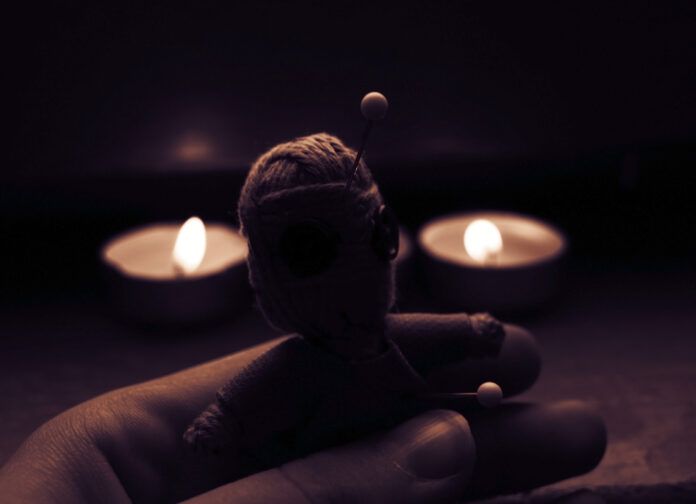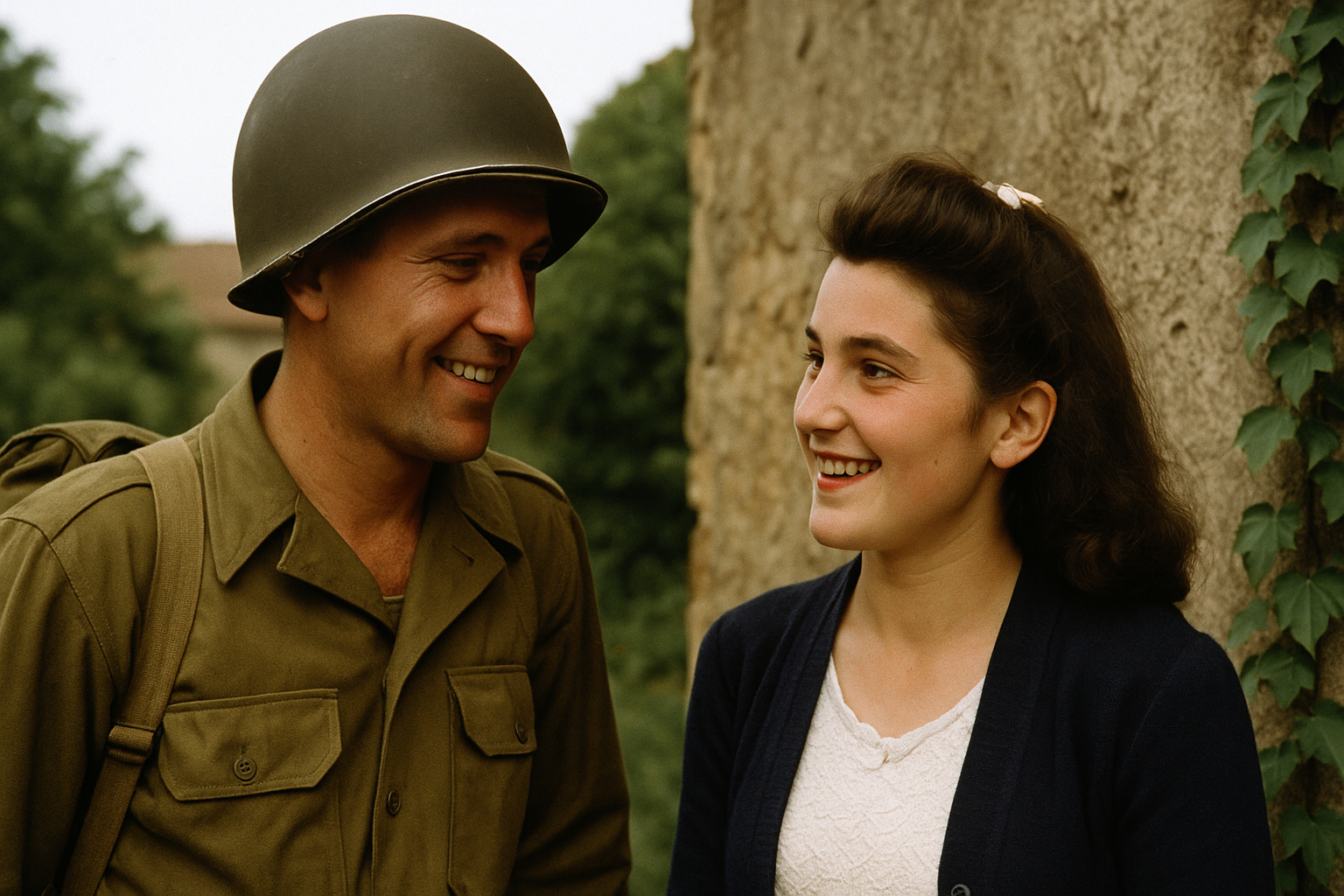Magic Of The Night Of San Juan
Getting love, guessing the future and improving health are some of the components of the rituals performed during the night of San Juan. They are practices that witches, sorcerers and sorceresses have been practicing since the 16th and 18th centuries. In the past, these magical practices were not allowed. According to the historical records, there were up to 400 witchcraft trials that were conducted in Spain alone and 90% of them were done against women. Many tried to cover up their true profession with other daily activities and it is believed that others could be deceivers, trying to deceive the population to continue surviving.
Night of San Juan is a means of subsistence by many magicians across the world
It is striking to discover that most of the practitioners of magic on the night of San Juan are women. In most cases, they are women with a low social status and, in many cases, those that have been abandoned by their husbands and have found a means of subsistence in magic. These women usually have infinity of substances with which they carry out their rituals in their houses. They include salt, tin, bone powder or fern grains, but, in general, most of the spells are linked to love, sex and the fact of attracting a man.
Popular witchcraft performed on the night of San Juan
Among the rituals celebrated during the night of San Juan, the most important are passing the child through the wicker, collecting the fern grain and predicting the future with artichokes or egg whites, in addition to the luck cards or those to touch. In this time of magic, sorceresses and sorcerers assure their clients that their children could receive healing and good health on the morning of June 24 if a man makes an incision in a wicker rod and, through the remaining eye space; the child is passed up to seven times back and forth. Later on the rod is closed again and tied. If it survives the process, it is believed that the child will receive healing. But, if it does not work, it should be repeated on the morning of San Juan the following year.



